UP ISSI Guide to New Normal
As we await the official comprehensive guidebook from the Inter-Agency Task Force on Emerging Infectious Disease (IATF-EID). Local government units (LGU) and private business sectors, by now should have these guidelines and aggressively disseminate the multi-sectoral information on what to expect once the Enhanced Community Quarantine (ECQ) is lifted.
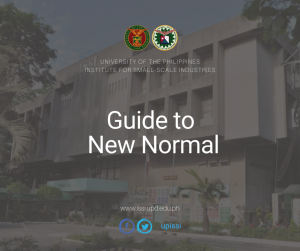
How do we embrace the new normal? Do we have protocols? General Community Quarantine (GCQ) could trigger the 2nd wave effect of the dreaded COVID-19. Affected people have reached the 15M mark globally as of this reading.
Given that we will deal with the virus every day until a vaccine is made available, how is the health safety guaranteed? During the GCQ, a newer preventive measure should be in place to avoid a bigger risk of community outbreak. Agreeing to relax the lockdown means we already have the safety precautions and exit plan in order to control the disease over ill-protected public areas such as flea markets, work places, and public transportations. The working community will soon go back to their jobs, how are we assured of our safety? Not contracting the disease?
“The most important implication of the breakneck changes currently under way, though, is that there’s no going back to normality. That train has left the station. The coronavirus isn’t going away. And even when there is a vaccine, the risk will endure,” (J. Naughton, 2020)
House bill(s) seek to provide a “whole-of-society”
Cited in March 2020, Anti-Spitting Act of 2020, which seeks to ban and penalize spitting, coughing and sneezing in public. Also, a New Normal Law is being pushed that will establish social distancing and health and hygiene protocols. For the working professionals, a proposed House Bill 6623 or the “New Normal for the Workplace and Public Spaces Act of 2020” aims to set standards and protocols to be adopted in the coming years. The local communities are already exercising this new normal habit though House Bills are not yet turned into laws.
Pointers to remember when work is resume:
Employees will be asked to respect the distancing rule. Work from home (for those who can do their jobs from home), tele-conferencing or video-conferencing will continue for the foreseeable future.
The country will impose or recommend wearing a mask and a face shield in public places and office spaces. Wearing gloves should be normal from now on.
Many will opt to walk, use scooters, bicycles or even cars instead of public transport for work or short travels.
Below are the infographics about the essential guidelines for the public on how to adjust to “new normal” practices as we go through our daily routine.
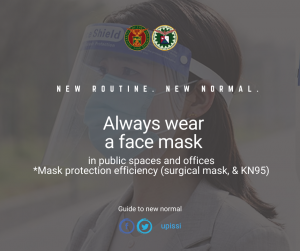
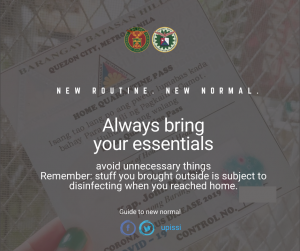

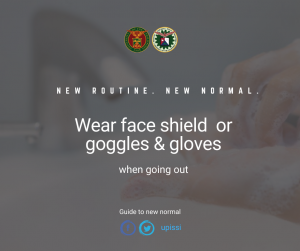
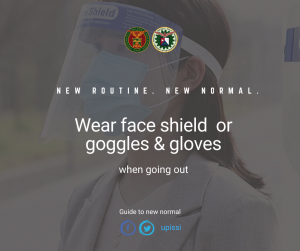

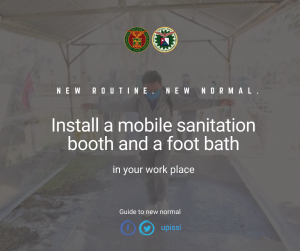
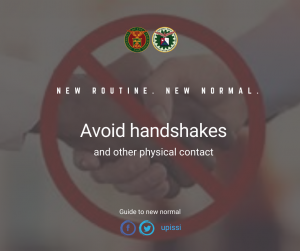
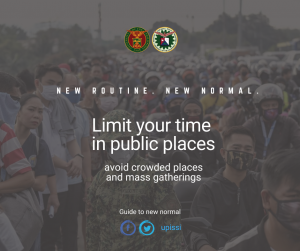
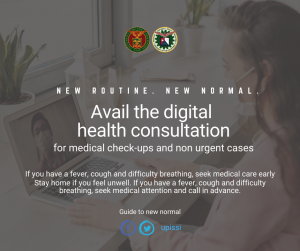
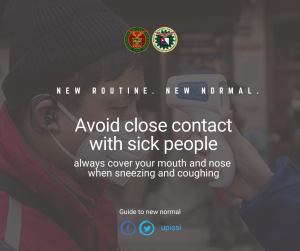
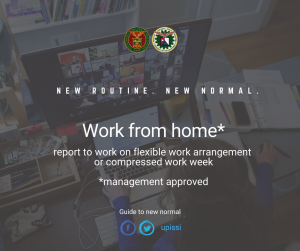
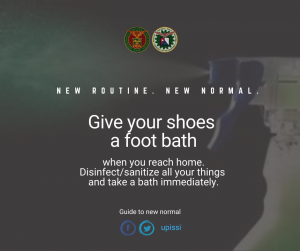
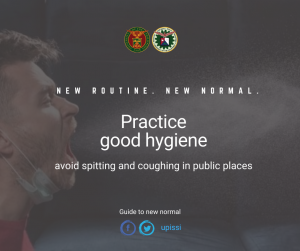
References:
Naughton, J. (2020, April 18). Retrieve May 3, 2020, from The Guardian: https://www.theguardian.com/commentisfree/2020/apr/18/when-covid-19-has-done-with-us-what-will-be-the-new-normal
Official Gazette: https://www.officialgazette.gov.ph/section/laws/
Congress.gov.ph: http://www.congress.gov.ph/
Senate.gov.ph: https://www.senate.gov.ph/
Philippine Information Agency (PIA)
World Health Organization (WHO)
Department of Health (DOH)
Presidential Communications Operations Office (PCOO)
Getty Images
Updated as of August 28, 2020
Disclaimer: The views expressed herein or in any article in the UP ISSI website are those of the authors and do not necessarily reflect the policies or opinions of UP ISSI nor the views of the University of the Philippines. Regarding Accuracy of Information and Usage of Data: Visitors and users of the UP ISSI website are advised that information contained within the website is assumed to be accurate. However, errors can occur even with computer-generated information. UP ISSI makes no representation regarding the completeness, accuracy, or timeliness of such information and data, or that such information and data will be error-free. Visitors are encouraged to review the official version of all documents on which they plan to rely on.